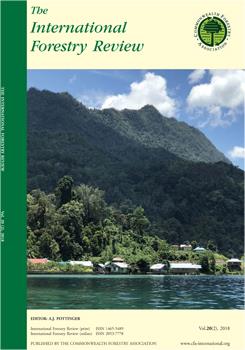Payment for ecosystem services (PES) programs have emerged as a financial mechanism to ameliorate market failures associated with the multitude of non-market ecosystem services (ES) provided by forest ecosystems. However, the defining principles of PES in theory is far from what pertains in practice. Focusing on the concept of total economic value (TEV) of ES, we identify that PES often include compensation as a proxy for the supply of ES and largely neglect to encompass the different attributes of an ES' TEV, particularly existence values. Most PES schemes are limited by scope of funding and incentives often account for as little as 0.1% to 8.5% of the full annual ES economic values per ha. The mechanism of PES therefore needs to be broadened to integrate potential levels of payments that direct and indirect beneficiaries might be willing to pay to preserve forest ecosystems and their services. Some beneficiaries might be willing to pay for some ES and altruistically expect others to free-ride on their payment. Research efforts should aim at providing better understanding of beneficiaries' willingness to pay in order to expand the demand-side of PES and reduce uncertainties.
How to translate text using browser tools
1 June 2018
Payments for Forest Ecosystem Services: A Look at Neglected Existence Values, the Free-Rider Problem and Beneficiaries' Willingness to Pay
E.A. Obeng,
F.X. Aguilar,
L.M. Mccann
ACCESS THE FULL ARTICLE

International Forestry Review
Vol. 20 • No. 2
June 2018
Vol. 20 • No. 2
June 2018
ecosystem services
ecosystem values
forests
PES
willingness-to-pay




